The modern traveler often falls into the trap of “itinerary optimization”—fitting landmarks, attractions, and photo opportunities into every available moment. Yet the most transformative journeys sometimes happen when we abandon the checklist mentality and embrace the meditative power of moving through open spaces.
Here is a list of 20 road trips designed not to maximize tourist attractions but to provide the mental clarity, perspective, and rejuvenation that comes from immersing yourself in the journey rather than racing toward destinations.
The Forgotten Coast, Florida

This 80-mile stretch of undeveloped Florida shoreline between Mexico Beach and St. Marks offers a rare opportunity to experience coastal driving without high-rise developments blocking ocean views. The two-lane road hugs the Gulf of Mexico, passing through sleepy fishing villages like Apalachicola and Carrabelle, where time seems to have paused in the mid-20th century.
The minimal traffic and abundant turnouts for spontaneous beach access create natural opportunities to sit with your thoughts as shorebirds wade through tidal pools and distant shrimp boats drift along the horizon.
The Enchanted Circle, New Mexico
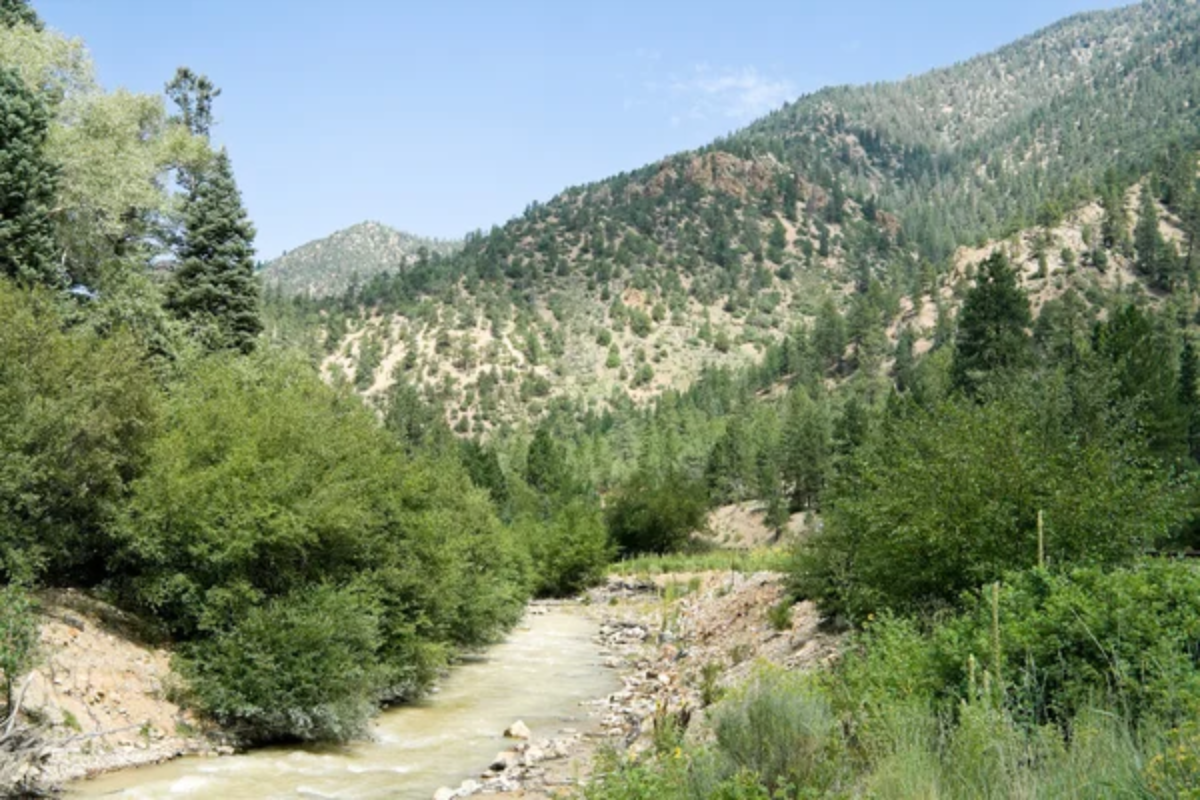
This 83-mile loop around Wheeler Peak near Taos leads travelers through dramatic elevation changes and ecosystems that shift from sage-dotted desert to alpine forests within an hour. The minimal development and lack of cellular service throughout much of the route naturally disconnects drivers from digital distractions, while the ever-changing light on the mountains encourages mindful observation.
Local radio stations fade in and out as you circle the mountain, creating unexpected pockets of silence—ideal for processing the kinds of complex thoughts daily life tends to suppress.
Like Travel Pug’s content? Follow us on MSN.
The Olympic Peninsula Loop, Washington
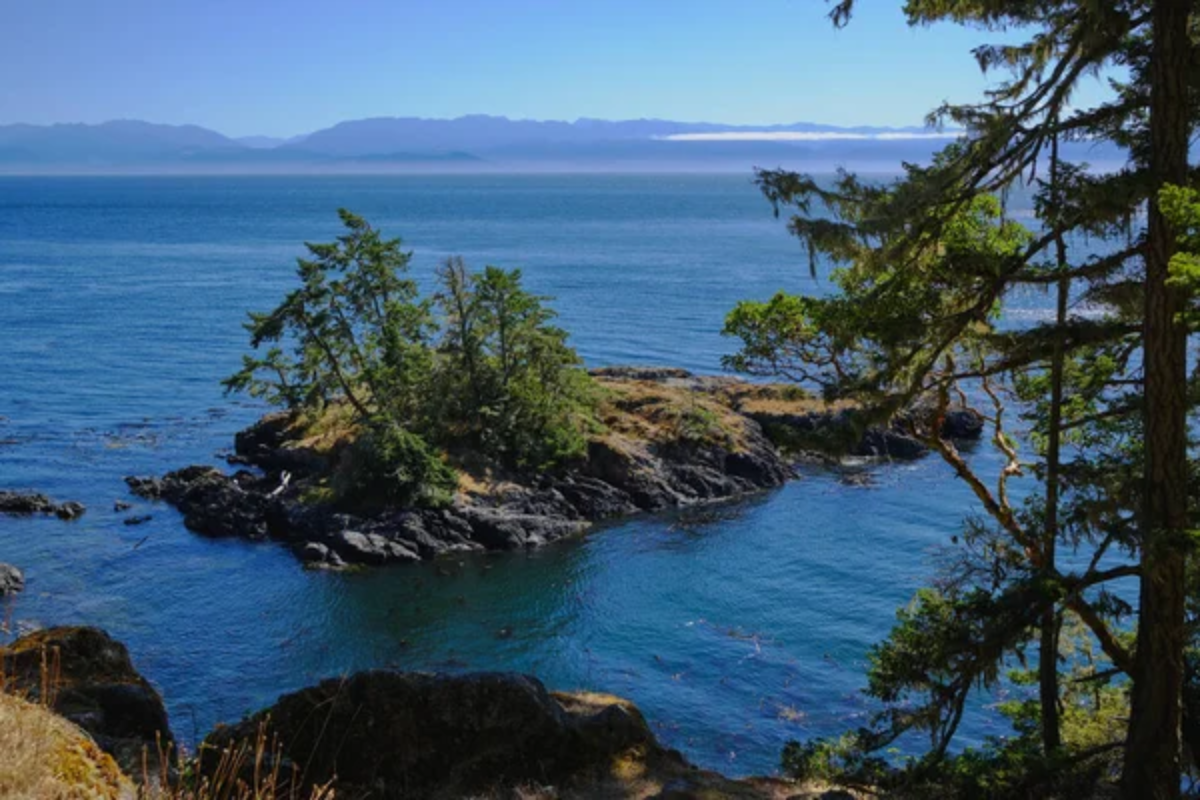
This 350-mile circuit around Olympic National Park offers immersion in temperate rainforests, coastal wilderness, and mountain vistas with remarkably few tourist developments to break the natural rhythm. The densely forested sections along the western portion create a cathedral-like environment where filtered sunlight and the absence of visual clutter allow the mind to decompress.
The frequent fog along the coastal segments adds a dreamy quality that naturally slows driving and heightens awareness of your surroundings, shifting focus from destination to present moment.
The Overseas Highway, Florida Keys
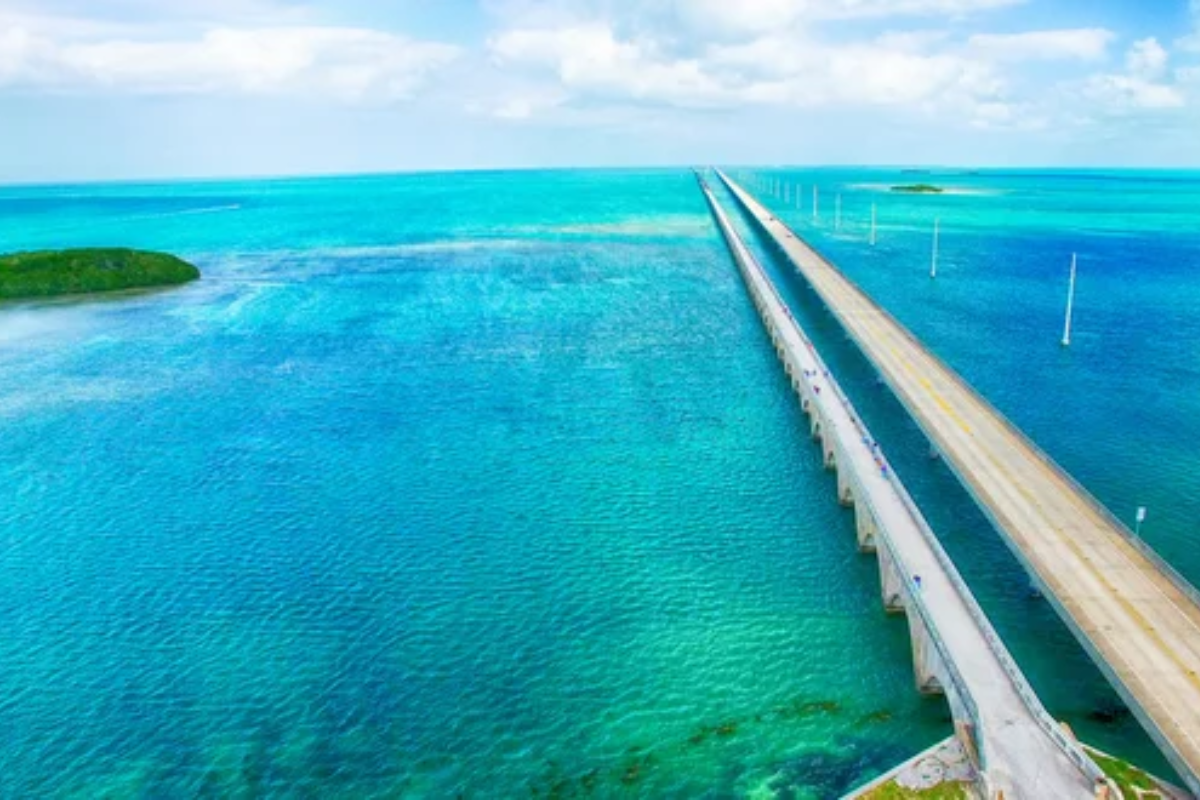
While often celebrated for its engineering, this 113-mile route from Key Largo to Key West offers something beyond its obvious tropical appeal. The long stretches of road suspended between sky and sea create a unique sense of liminality—of being between worlds—that neurologists have noted produces a meditative state in many drivers.
The repetitive pattern of crossing from key to key establishes a hypnotic rhythm, while the 360-degree water views eliminate visual clutter that typically fragments attention during ordinary drives.
The High Plains Highway, Eastern Colorado
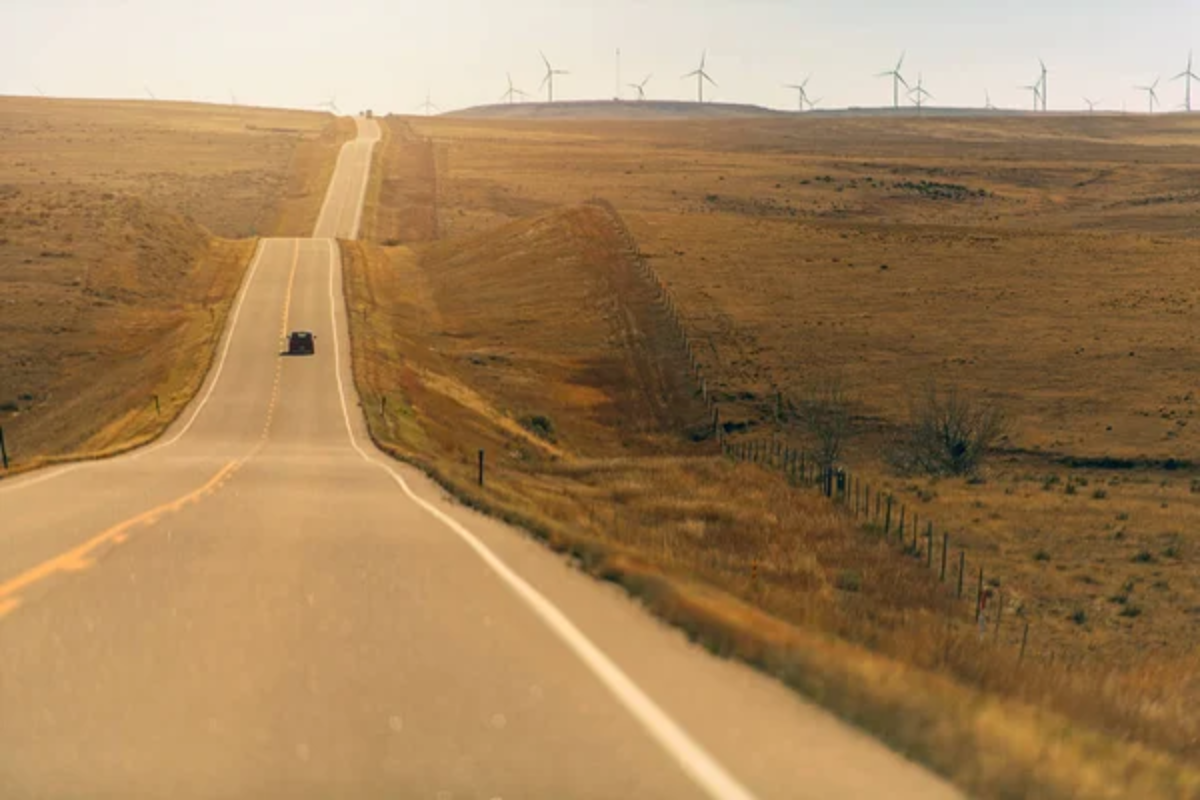
This overlooked route along Highway 385 from the Oklahoma Panhandle to the Nebraska border traverses what many consider “flyover country” but offers the psychological benefits of big sky country. The vast horizon visible in all directions is believed to alter brain wave patterns, inducing a state similar to meditation.
The sparsely populated landscape with miles between small towns provides extended periods of solitude. At the same time, the subtle changes in grassland ecology reward those paying attention to the journey rather than racing to a destination.
Like Travel Pug’s content? Follow us on MSN.
The Beartooth Highway, Montana/Wyoming
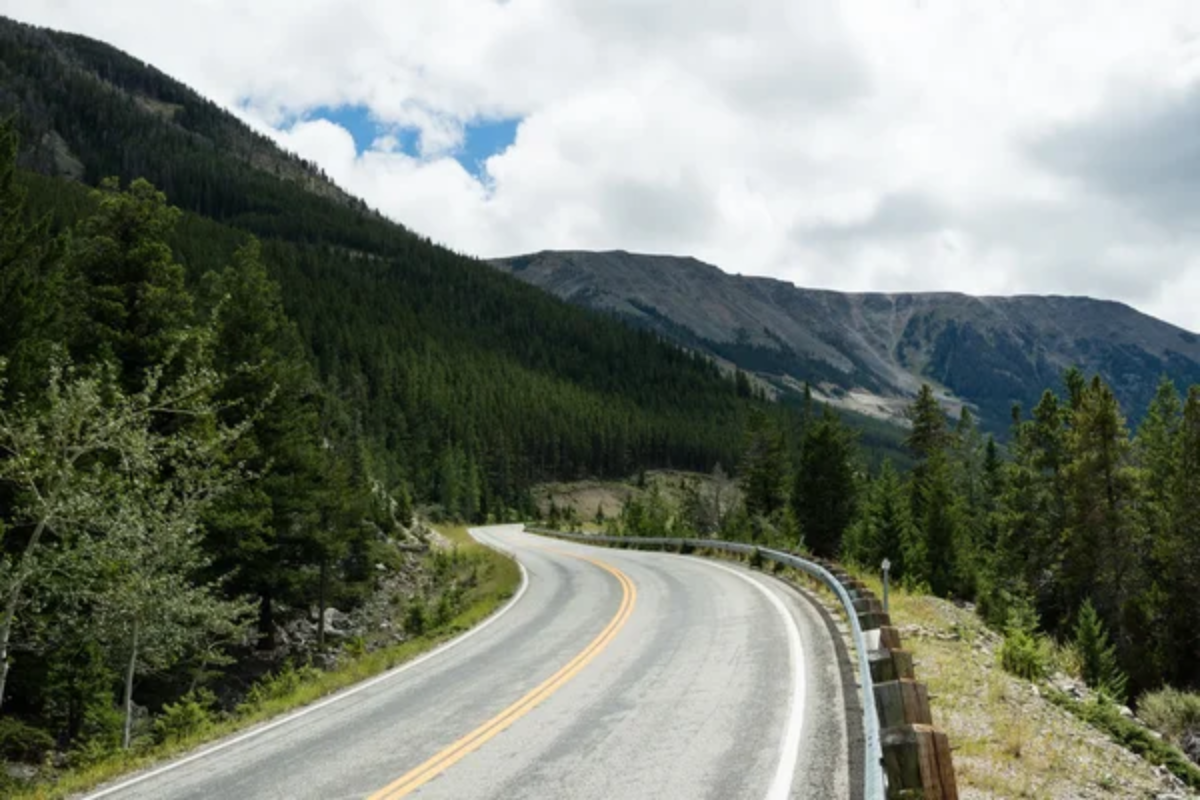
Though open only from late May through early October, this 68-mile road reaching nearly 11,000 feet elevation creates natural conditions for mental clarity. The gradual ascent through multiple climate zones forces slower, more attentive driving, while the thinning air at higher elevations has been associated with subtle changes in cognition that some describe as enhanced awareness.
The mind naturally quiets when faced with the humbling scale of the landscape, creating space for the type of expansive thinking often crowded out by everyday environments.
The Natchez Trace Parkway, Mississippi to Tennessee
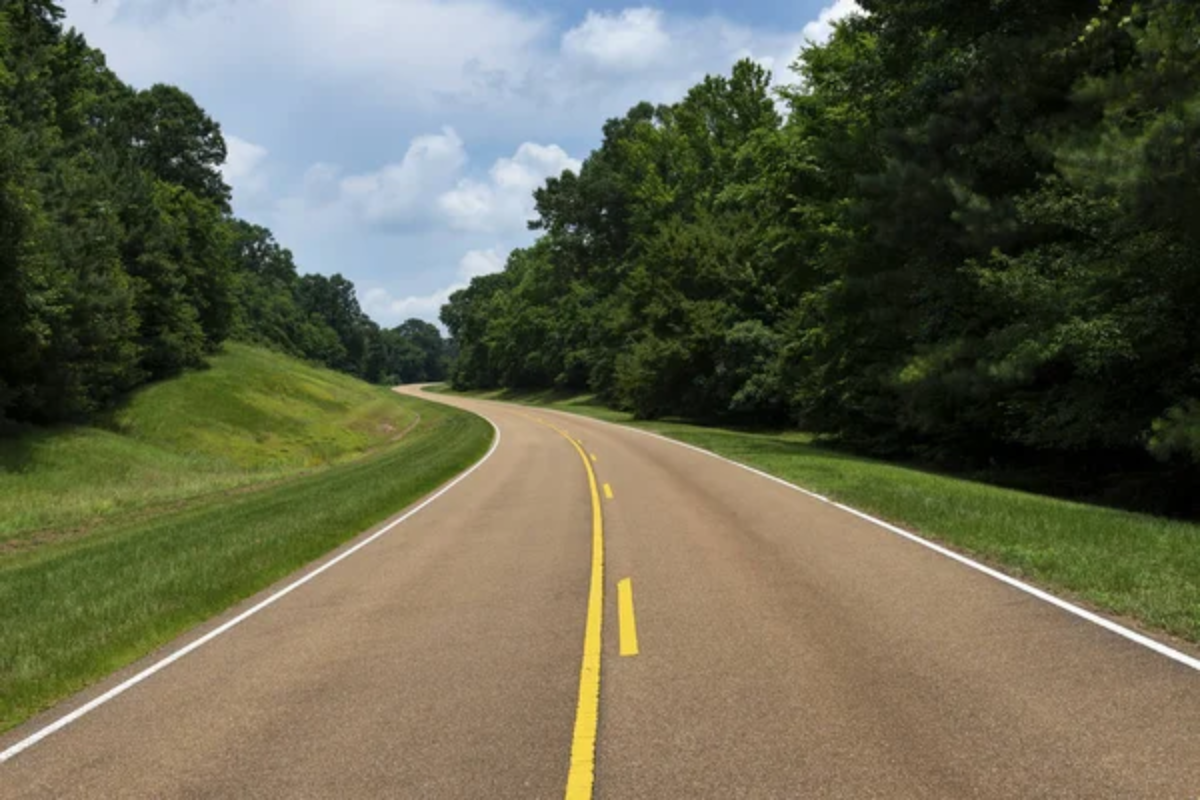
This 444-mile historic route maintains a continuous 50 mph speed limit with no commercial traffic, creating one of the few remaining long-distance drives free from the tension of highway aggression and billboard clutter. The enforced slower pace naturally shifts drivers into a more contemplative state, while the lushly forested corridor filters out visual distractions.
Engineering features like the gentle banking of curves and strategic placement of rest areas were specifically designed to reduce driver fatigue, creating ideal conditions for sustained, clear thinking.
The Richardson Highway, Alaska
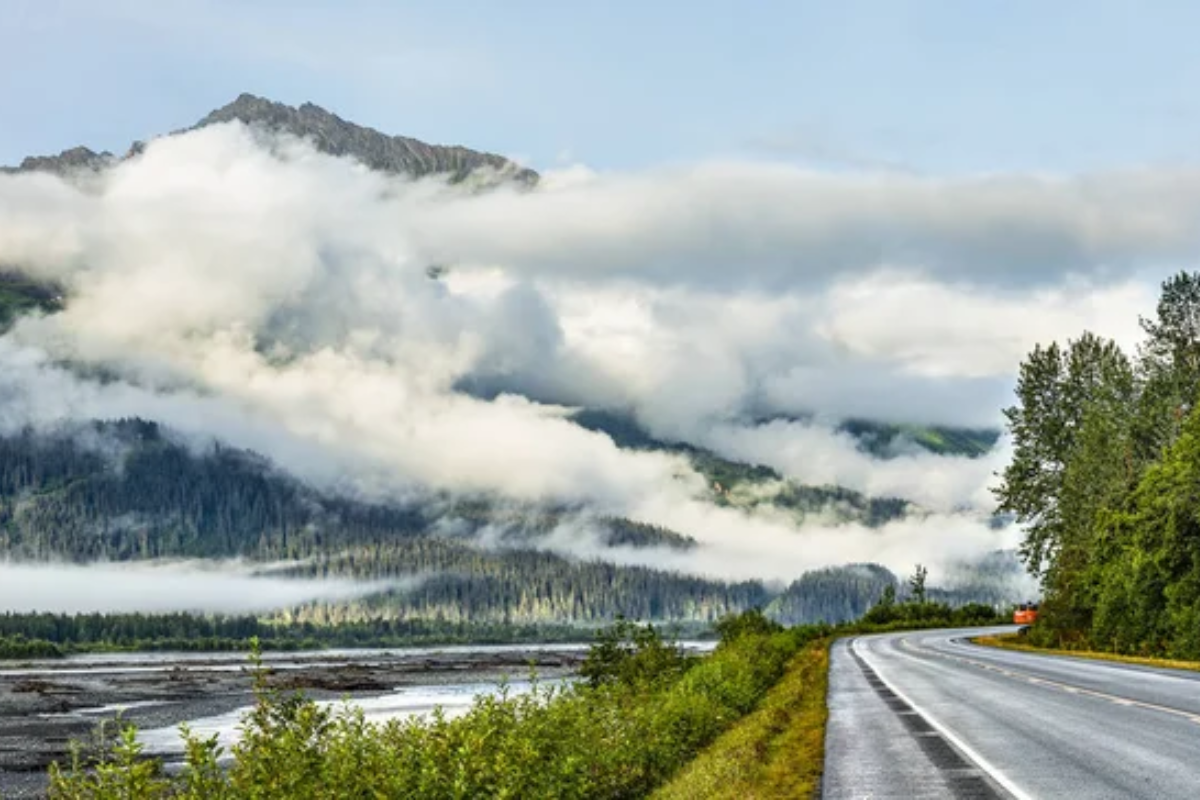
This 368-mile route connecting Fairbanks to Valdez offers immense stretches without services, towns, or even other vehicles, creating natural conditions for mental decompression. The gradual transition from interior boreal forests to coastal rainforest provides subtle but constant environmental change that keeps attention anchored in the present while allowing background thoughts to process.
The multiple river valleys along the route create natural pauses for reflection at roadside pullouts, while wildlife appearances serve as unexpected prompts for present-moment awareness.
Like Travel Pug’s content? Follow us on MSN.
The Badlands Loop, South Dakota
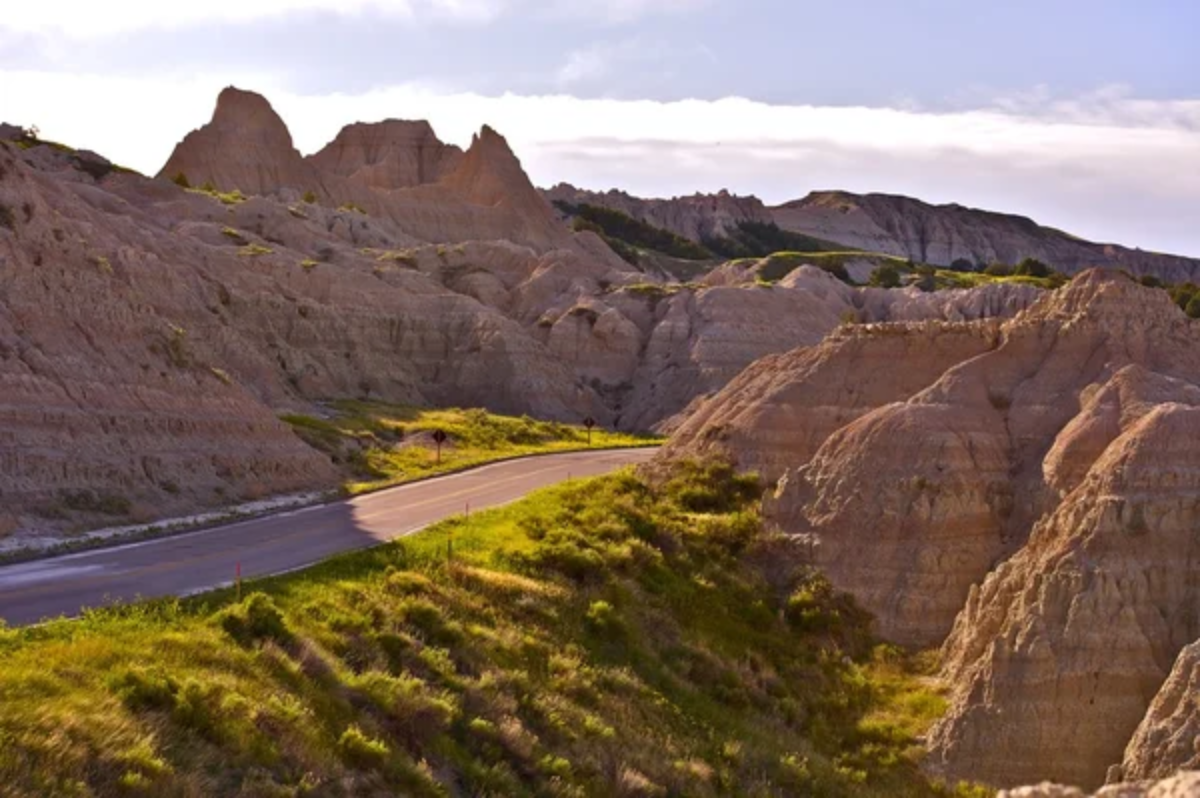
This 39-mile scenic byway through Badlands National Park creates an otherworldly driving environment where familiar reference points disappear, naturally shifting perception. The layered rock formations in constantly changing light create a landscape that consciousness cannot easily categorize, prompting a state cognitive scientists call “productive disorientation.”
The minimal development and frequent absence of other vehicles, particularly during shoulder seasons, create extended periods of silence ideal for processing complex emotions or decisions that benefit from unhurried consideration.
The Outer Banks Scenic Byway, North Carolina
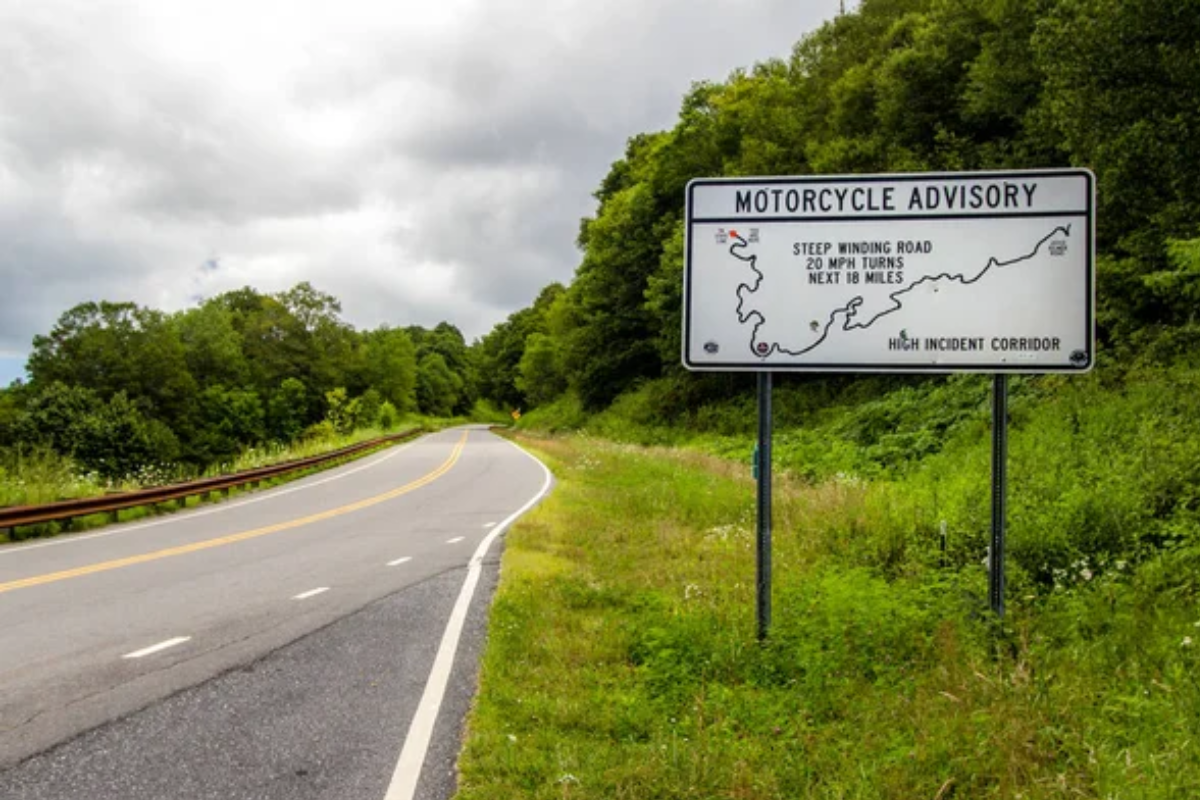
This 138-mile route traversing barrier islands combines driving with ferry crossings that impose a natural rhythm of movement and pause. The frequent transitions between land and water create a journey filled with natural boundaries that help mark mental transitions in thinking.
The long stretches of two-lane road with the ocean visible on both sides eliminate directional references that usually occupy part of awareness while driving, freeing cognitive resources for deeper thought patterns. At the same time, the mind gently processes the repetitive visual elements of dunes, sea oats, and the horizon.
The Cascade Lakes Scenic Byway, Oregon
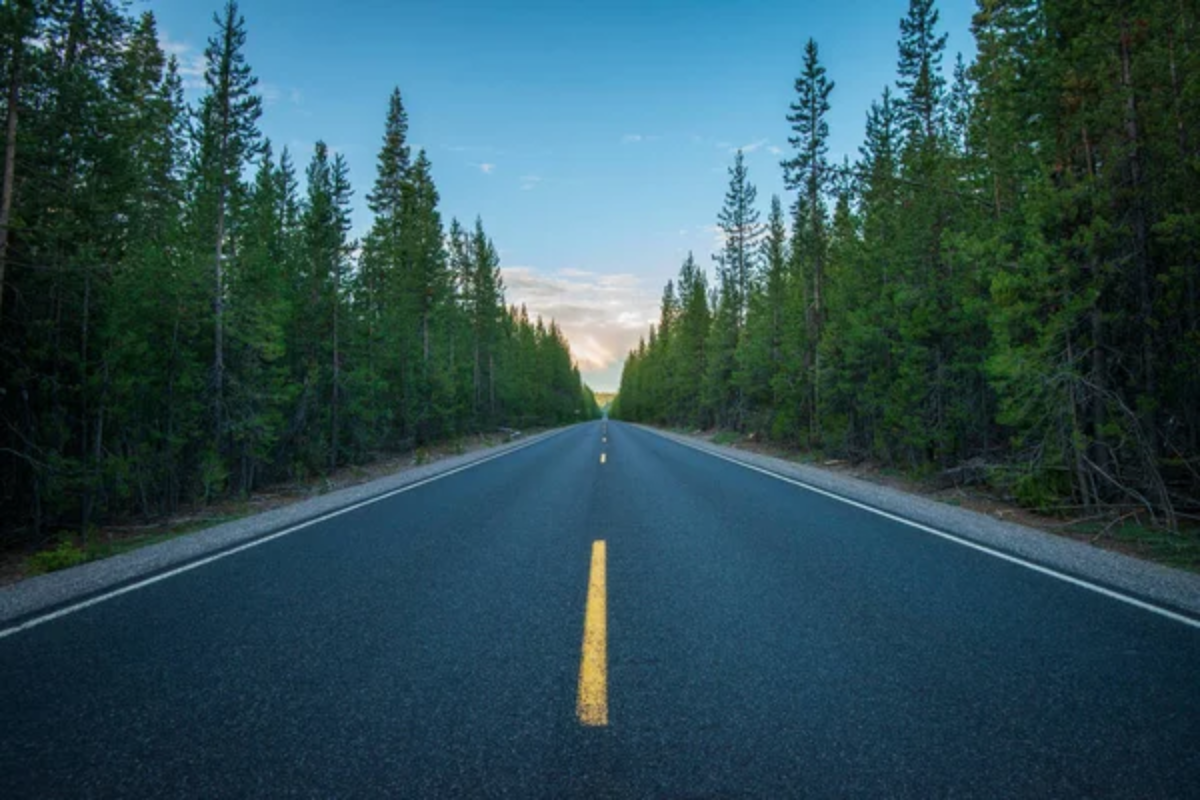
This 66-mile route southwest of Bend traverses forests and mountain landscapes with more than a dozen lakes, creating natural pauses in the journey. The road’s elevated position offers expansive views that research has shown help shift thinking from immediate concerns to more abstract, big-picture perspectives.
The minimal development and numerous informal pullouts provide abundant opportunities for spontaneous stops whenever mental processing requires physical stillness. In contrast, the changing forest types provide subtle environmental variation that keeps attention gently engaged without demanding it.
Like Travel Pug’s content? Follow us on MSN.
The Upper Peninsula, Michigan
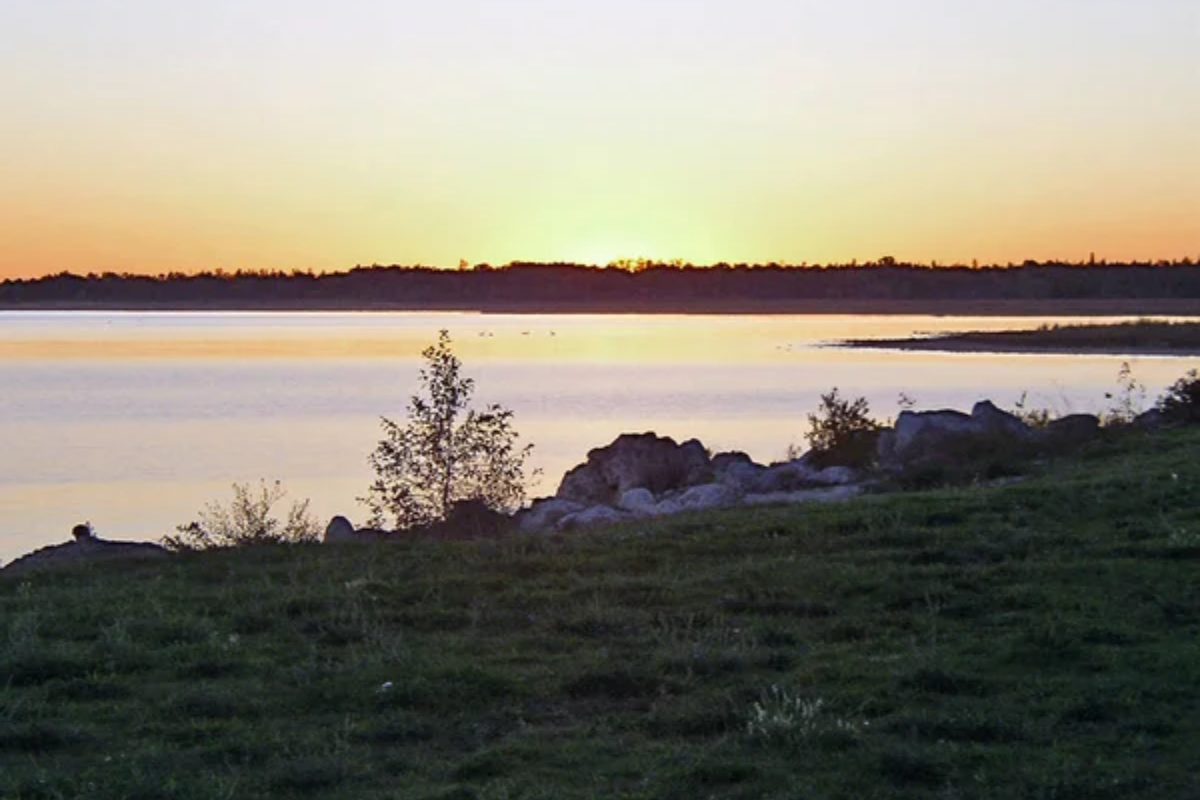
The 290-mile northern shoreline of Michigan’s Upper Peninsula along Lake Superior offers one of the least developed coastal driving experiences in the eastern United States. The rhythm of moving through dense forest corridors that suddenly open to vast lake views creates a natural pattern of compression and expansion that many drivers report mirrors emotional processing.
Cell service disappears for extended stretches, eliminating the subconscious anticipation of interruption that often prevents deeper thought. At the same time, the lake’s seemingly endless horizon creates optical conditions similar to those of an open ocean that naturally induce contemplative states.
The High Road to Taos, New Mexico
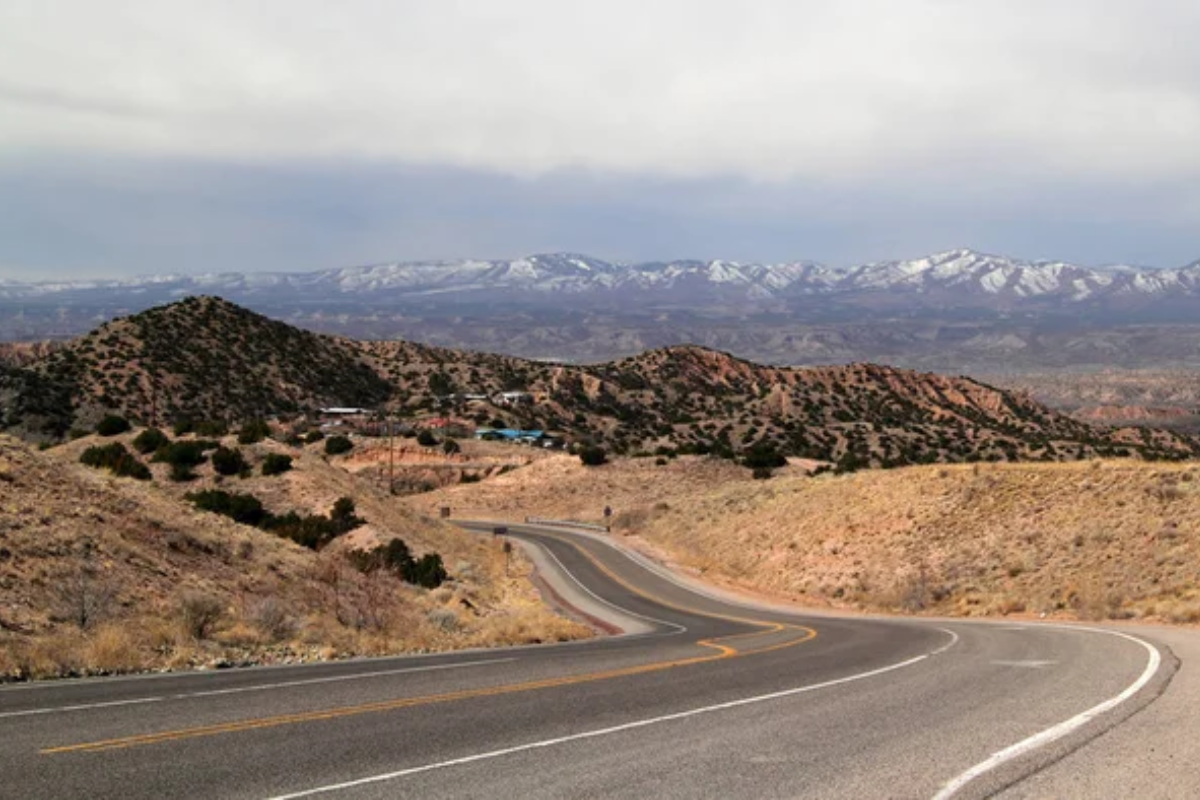
This 76-mile alternative route between Santa Fe and Taos rises and falls through high desert landscapes and historic villages that have remained largely unchanged for centuries. The elevation gains provide expanding views that create natural perspective shifts, while the winding nature of the road demands a presence that gently prevents rumination.
The subtle changes in vegetation and geology as you climb from 7,000 to nearly 9,000 feet provide environmental markers that can help track the progression of complex thoughts, making this an ideal route for working through decisions requiring multiple perspectives.
The Loess Hills Scenic Byway, Iowa
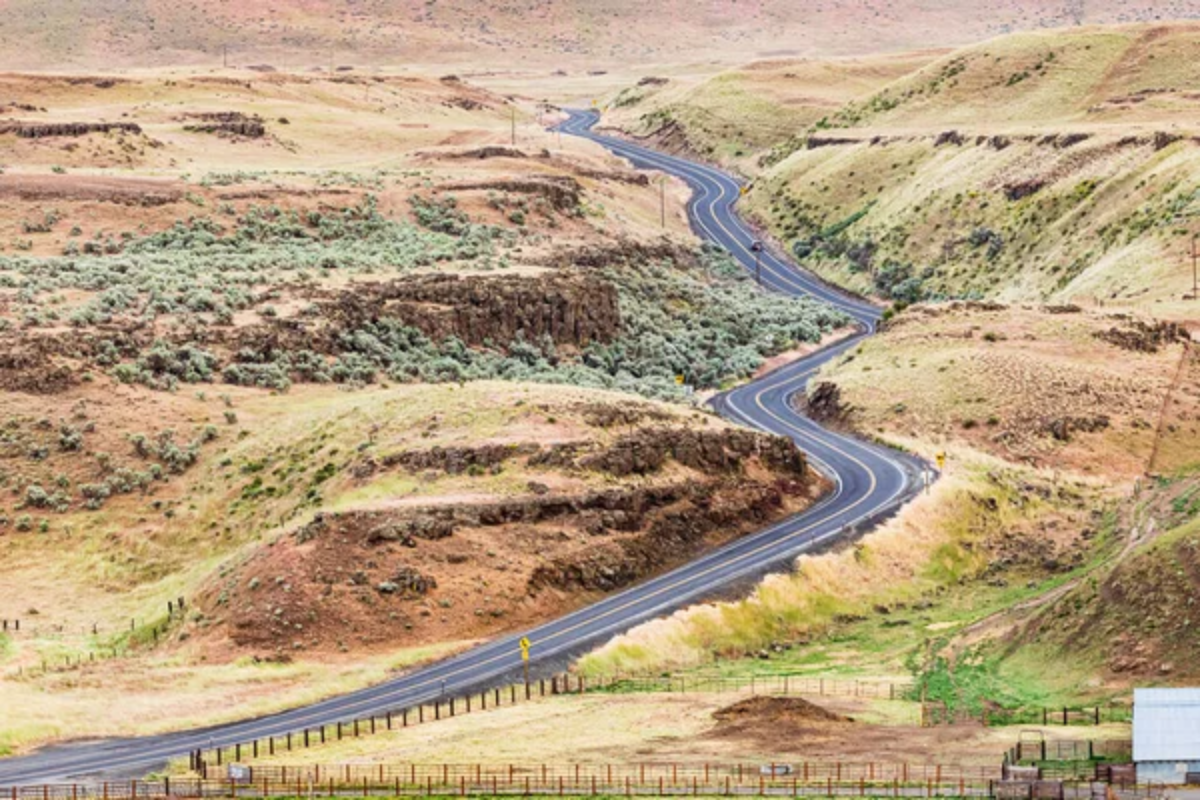
This 220-mile route through western Iowa traverses unusual landforms created from windblown silt deposited after the last ice age, creating a landscape unlike the typical Midwestern farm country. The rolling hills with their distinctive rounded shapes create a visually rhythmic driving experience that naturally induces a flow state conducive to unforced insight.
The absence of major tourist attractions means minimal traffic even during summer months, providing the psychological space that comes from unhurried movement through open country with few external expectations.
Like Travel Pug’s content? Follow us on MSN.
The Cherokee Foothills Scenic Highway, South Carolina
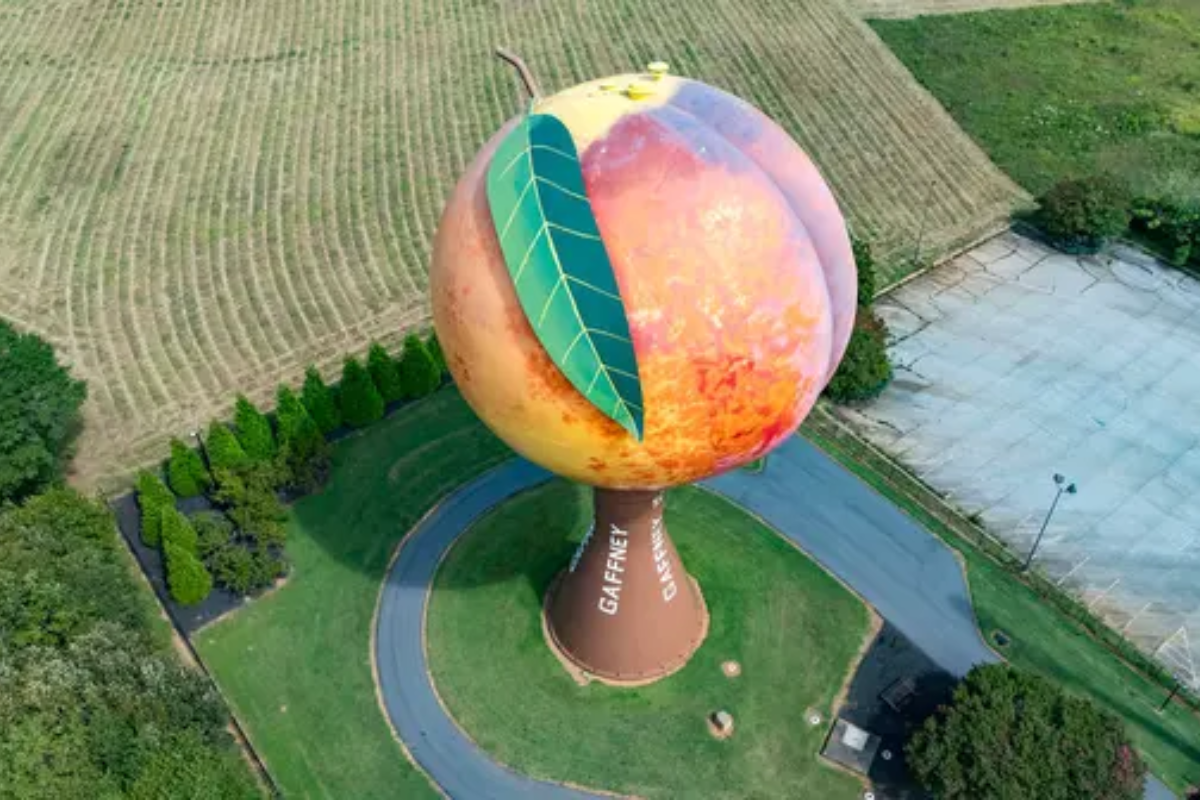
This 120-mile alternative to Interstate 85 follows the ancient trading path at the base of the Blue Ridge Mountains, offering a balanced experience of gentle cultural immersion and natural beauty. The road’s meandering path through small communities and agricultural landscapes provides visual variety without overwhelming stimulation.
The frequent streams and rivers crossing the route create natural pauses marked by the changing soundscape of moving water. At the same time, the consistent presence of the mountains on the horizon provides a stabilizing reference point for extended contemplation.
The Lincoln Highway, Central Nevada
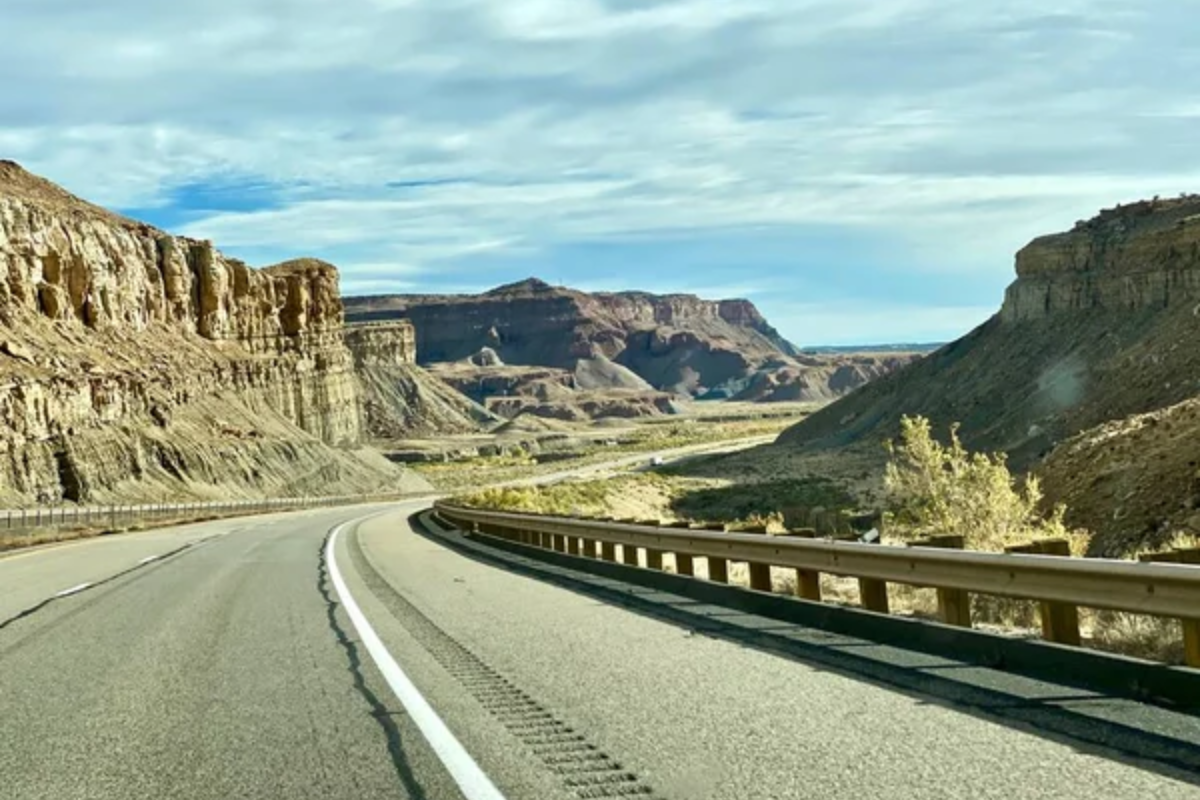
The loneliest road in America crosses central Nevada through vast basins and mountain ranges with towns often spaced 70 miles apart, creating one of the few remaining drives where genuine solitude is still possible. Research has shown that this landscape type, with its minimal sensory stimulation, naturally increases activity in the brain’s default mode network associated with self-reflection and creative problem-solving.
The rhythm of crossing wide valleys and ascending mountain passes creates natural chapters for complex thinking processes that benefit from sustained, uninterrupted mental space.
The Shipwreck Coast, Victoria, Australia
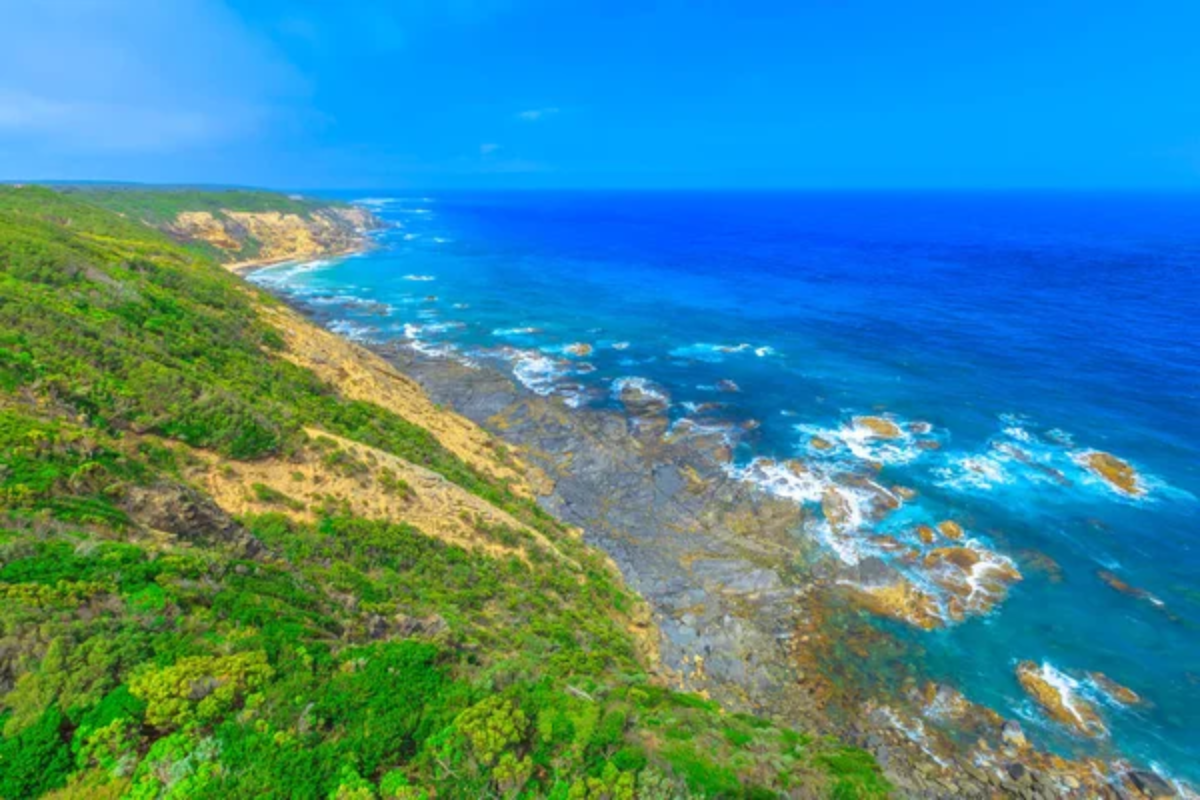
This 150-mile route along the southern edge of Australia between Warrnambool and Torquay offers dramatic coastal scenery without the development that characterizes more famous ocean drives. The consistent presence of the Southern Ocean with its powerful waves creates a soundscape that many drivers report produces an automatic calming effect similar to guided meditation practices.
The road’s undulating path through farmland and coastal heathland provides constant but gentle visual stimulation that occupies the surface attention while deeper thought processes continue undisturbed.
Like Travel Pug’s content? Follow us on MSN.
The Cabot Trail, Nova Scotia
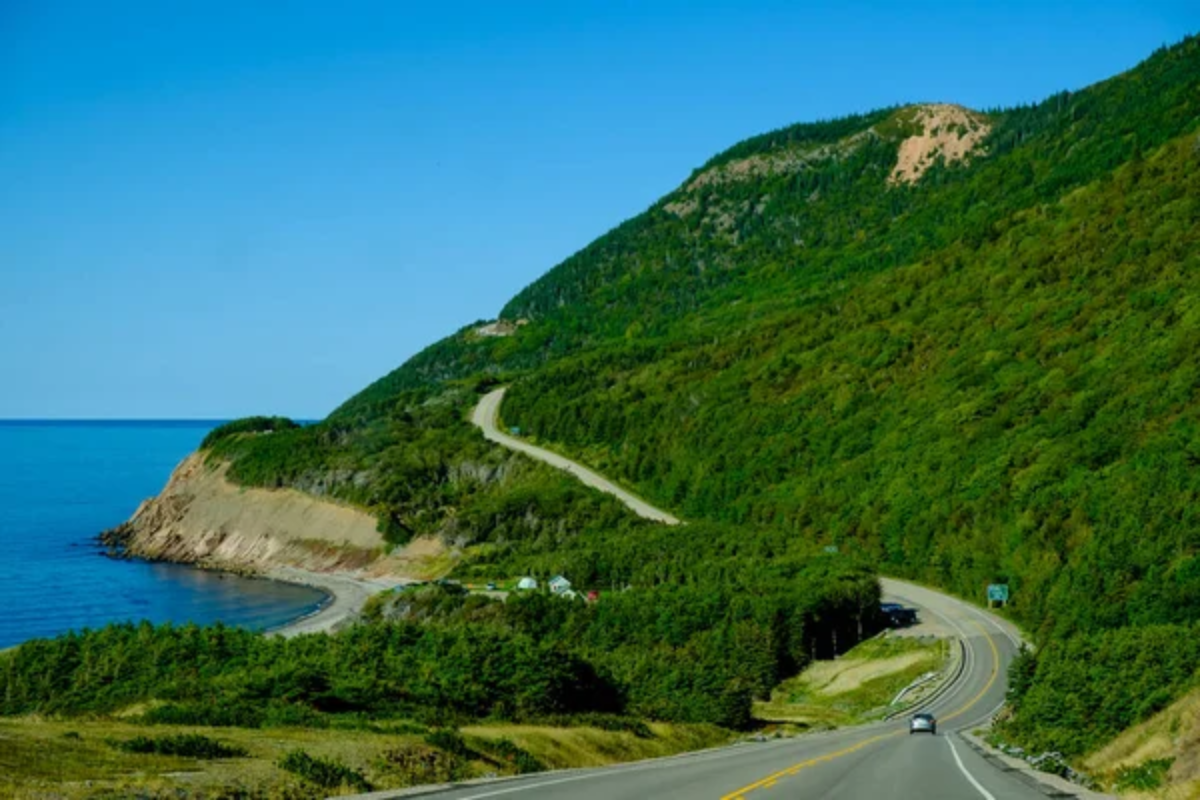
This 185-mile loop around Cape Breton Island combines coastal and mountain driving with strategically placed viewpoints that create natural pauses in the journey. The route’s varied ecosystems, from maritime forests to highland plateaus, provide environmental transitions that can help mark shifts in thinking patterns.
The road’s remote location and minimal commercial development, particularly on the western side, create extended periods free from the subtle but constant decision-making demands that characterize more developed routes, allowing cognitive resources to focus on internal rather than external navigation.
The Silver Thread Scenic Byway, Colorado

This 120-mile route connecting the historic mining towns of Lake City, Creede, and South Fork traverses some of Colorado’s least visited mountain landscapes despite their stunning beauty. The road follows rivers for much of its length, creating a soothing soundtrack of moving water that research has shown reduces activity in the brain’s amygdala associated with stress and anxiety.
The high alpine sections above 10,000 feet create natural conditions for mental clarity as decreased oxygen levels subtly alter cognition. At the same time, the minimal development means artificial light pollution disappears for truly dark night skies that restore natural sleep patterns.
The Hana Highway, Maui

While often marketed as a highlight-packed drive, the true value of this 64-mile journey emerges when approached as an exercise in presence rather than a checklist of waterfalls and lookouts. The road’s 620 curves and 59 bridges demand a driving focus that naturally prevents mind-wandering, creating conditions similar to movement meditation practices.
The journey becomes most valuable when undertaken with the intention of immersion rather than completion, ideally with overnight stays that allow the densely forested environment to reset stress responses after the hypervigilance of modern daily life.
Like Travel Pug’s content? Follow us on MSN.
The Journey Within
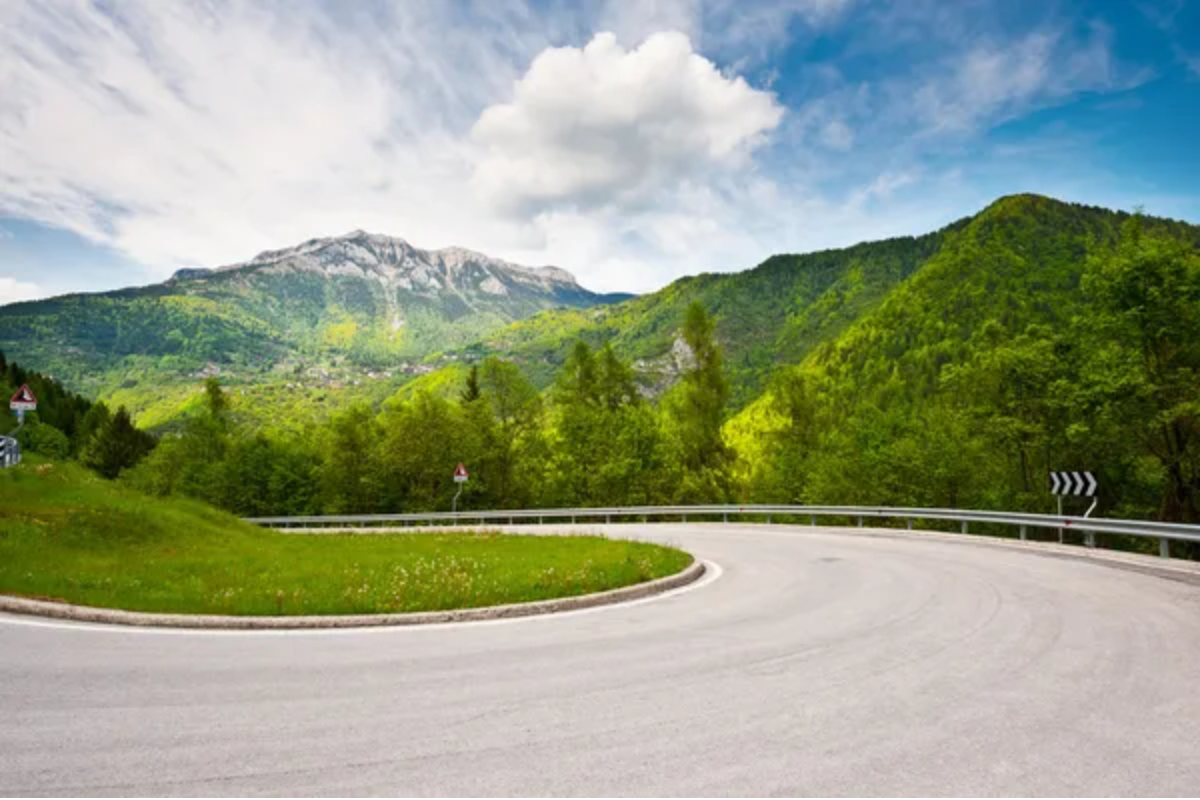
These roads demonstrate that the greatest value of certain trips comes not from external attractions but from the internal shifts they facilitate. The combination of movement through space, reduced external demands, and changing yet consistent visual fields creates ideal conditions for the mind to process complex emotions, solve persistent problems, or simply rest—something increasingly rare in our hyperconnected world.
While traditional tourist routes offer the stimulation of novelty, these journeys offer something equally valuable—the space to hear your own thoughts clearly and perhaps return with not just memories of places, but also a refreshed relationship to your own mind.
More from Travel Pug

- Cities Growing so Fast You Won’t Recognize Them in 10 Years
- 13 Destinations Where Tourists Regularly Regret Their Trip
- 16 U.S. Cities That Are Quietly Becoming Travel Hotspots
- Where to Travel If You Love Long Bus Rides and Daydreams
- 20 Cities Perfect for Solo Travelers Who Crave Adventure & Culture
Like Travel Pug’s content? Follow us on MSN.
